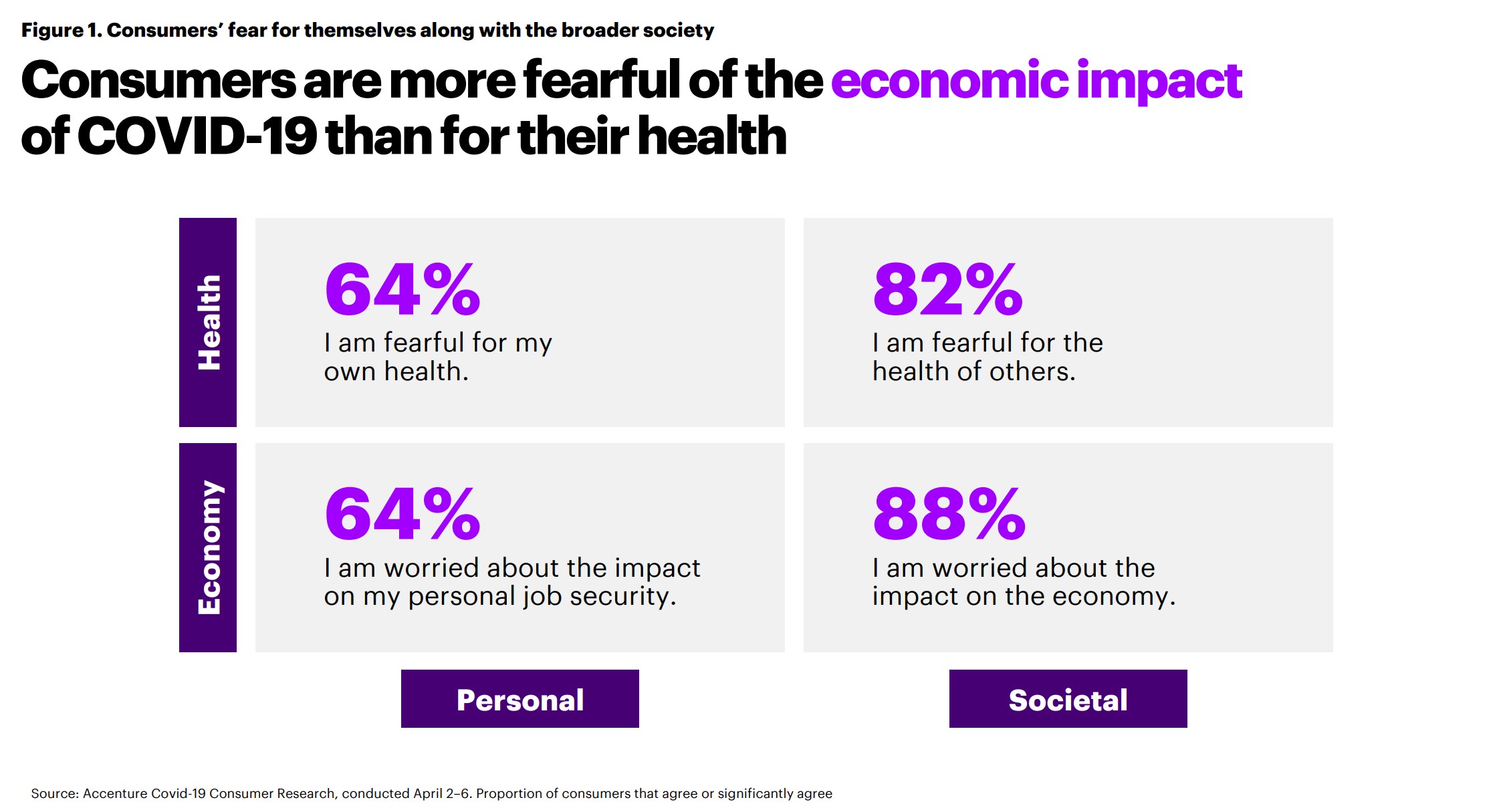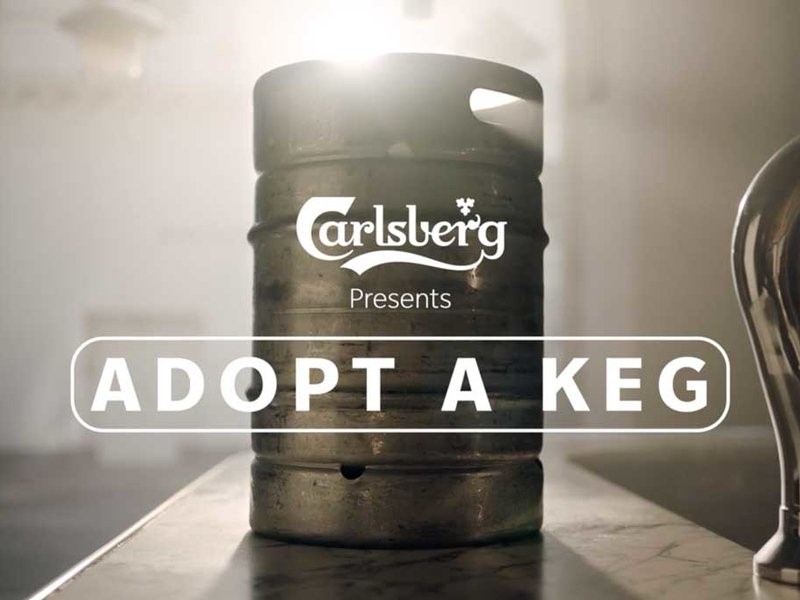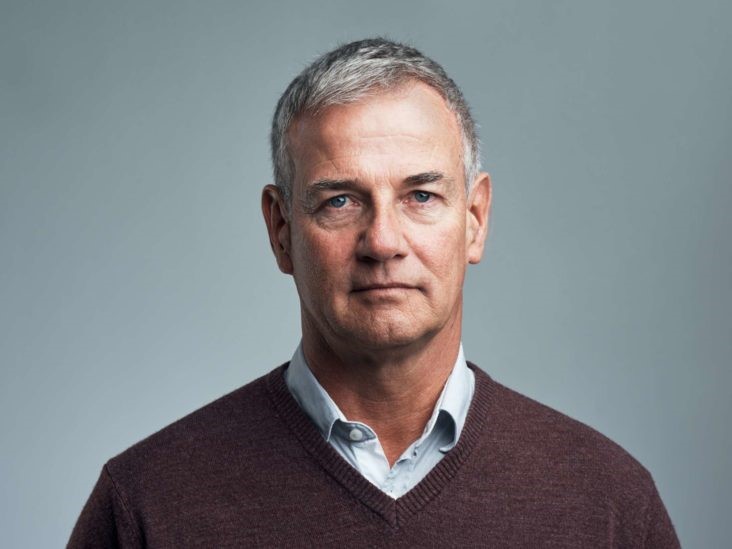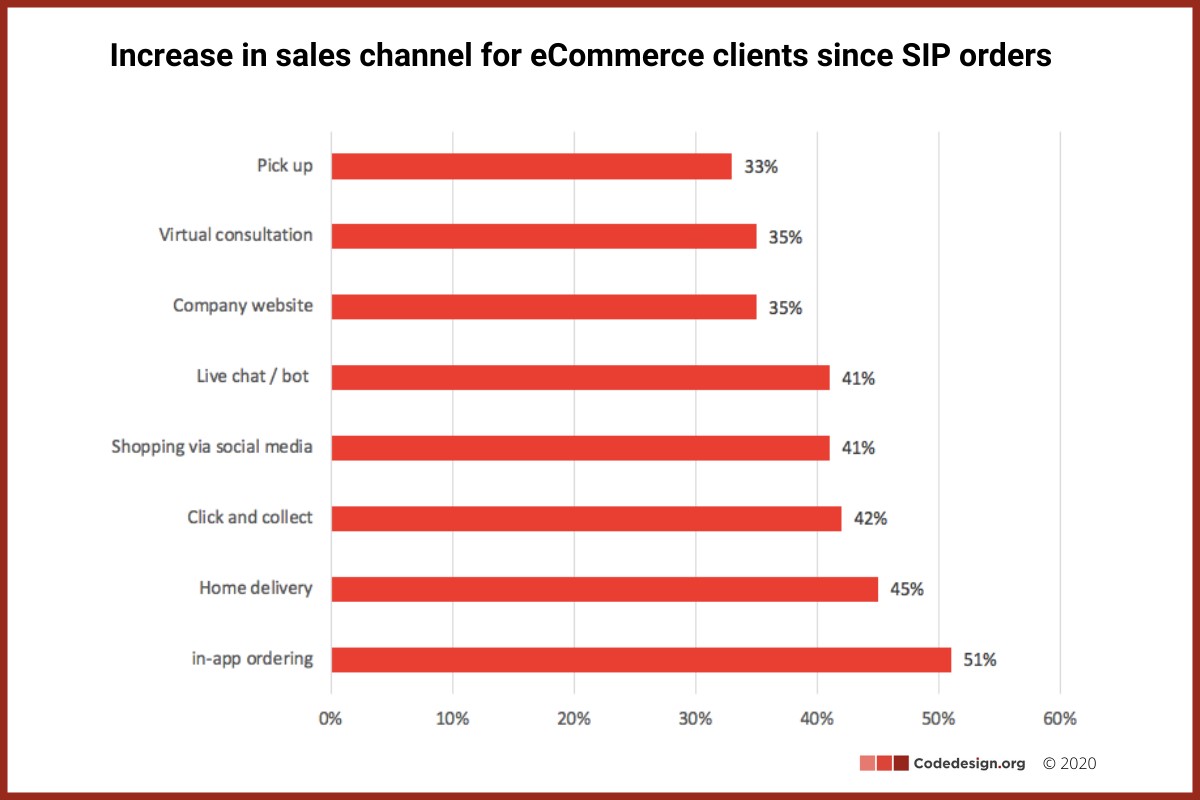4 min to read
Every single day, our team works to align our clients’ customer personas with their business goals and objectives. Due to recent events, these old personas are being reshaped, new data is being incorporated, and sales prediction models are adjusting with the real-time changes in buyer behaviour.
Initially, data suggested that people’s primary concern was on the direct health impact of the virus. However, we are seeing that after several months of living amidst a global pandemic, this concern has shifted to the indirect consequences of the Coronavirus. Most people are now focused, and fearful, about the societal impacts and economic disorder of COVID-19.
Recent data from Accenture validates this idea:

New Consumer Behaviours: Voluntary Shelter in Place
As digital marketing agency working with clients all over the world has allowed us to have a wide-angle perspective on consumer behaviour and to detect similarities/differences in the way consumers are reacting to this pandemic.
While different audience segments experience the effects of the crisis at varying degrees, and shelter-in-place orders have been relaxed or removed entirely in some locations, there are still some common behaviour trends.
One of which is that consumers remain uncomfortable about visiting public places. People are showing a high level of comfort in going to friends or relatives houses, some comfort going to the grocery store or pharmacy (perhaps because there's no real alternative), and the least comfort about locations that would ordinarily be crowded in past (such as sporting events or concerts), and bars. Only one out of five are comfortable about using public transportation which will be vital to overcome when people go back their offices (we will address this in another article in the future).

How Can Brands Adapt to a Home-Based Consumer?
It's likely that people will only continue to favour comfortable socializing at home than returning outside, and especially to enclosed spaces. For consumer goods companies, having offers that are to be used inside their homes and simulate local outdoor experiences should be a priority.
A great example is Carlsberg adopt a keg, stimulating bars at home and readjusting their delivery model.

From a channel perspective, there has been a huge shift towards digital following the start of closures. As we know, the demand for eCommerce has been increasing for a several years now, particularly from new users. Companies who were early adopters of this trend and already took steps towards an omnichannel strategy prior to the pandemic were more prepared for this moment we are living. During confinement, the use of omnichannel services such as home delivery, chat features, bots or virtual consultations became the new standard. Having multiple sales channels is also a key way for brands to recession-proof their digital marketing strategy.
The following chart reflect the increases registered for our ecommerce clients considering main sales sources.
New Consumer Archetypes
Although we are witnessing some common growth trends in terms of consumer behaviour, we obviously have varying consumer attitudes and motivations. A very small group remains indifferent to the pandemic, but the majority are being careful, feeling anxious and worried. Understanding how the consumer is reacting allows us to create personalized marketing strategies for each type of consumer. Working with programmatic buying tells us that one strategy fits all is over, and this COVID scenario reinforces that idea.
Here are five consumer type archetypes that we've been working on lately for our customers:
- John (about 60 years old) is very worried(20%) - according to several of the latest studies about 20% of consumers admit that they are very anxious about their health. This archetype is trying to plan ahead being more likely to stock essential products, cleaning products, canned and frozen food. Follows the news constantly, and is highly susceptible to fear triggering messages.

- Anne (25 years old) believes she'll be fine, but everyone is being too risky (20%) - These individuals are looking out for themselves stocking essentials in making sure they can keep their lifestyle. They are heavy online entertainment users, prefer fresh food, are more familiar with online options.

- Sophie (30 years old) is not concerned as long as she does keeps being safe (40%) – They have a more laid back attitude towards COVID and they represent about 40% or people. The are very aware of the news. They have increased the consumption of recommended products, personal items and staple products. They are the more likely workers from home.

- Jennifer (25 years old) is keeping away from everyone (10%) and aware of the social responsibility. They are activist and supporting people in the community and more available to buy products for people beyond their household. Highly active on social media and an evangelist for digital solutions.

- Monica (40 years old) believes all is being blown out of proportion (10%) – Didn’t change much in terms of consumer behaviour and is a bit indifferent to the situation and less anxious about the future vs other consumer types.

Digital Transformation for an At-Home Consumer
In summary, we've been witnessing a huge spike in traffic for most of our clients, a transformational shift in channels and acquisition, and we are making sure that our clients strategies mirror this new way of living and working.
For how long such consumer behaviour will continue this way is unclear, but we know there will be no return for the old way of living. Customers will continue to go online, more and more, and for what constitutes basic digital capabilities the consumer has changed for ever.
Companies need to prepare and transform their operational methods, refocusing on client service, brand engagements and delight. Companies will no longer be sustainable just focusing on digital transactions and ignoring the customers needs.
The timeline for developing relationships with customers is now compressed. It's a very exciting time to be in marketing, because for the first time in global economy smaller companies and big ones are all at the same rhythm facing an unprecedented change in customer behaviour.
Next steps
Codedesign is a digital marketing agency specializing in data-driven online sales and lead generation solutions for brands in a variety of verticals. Contact us to schedule a consultation with one of our digital marketing experts.
|
|
This article was written by Bruno Gavino, CEO and founder of Codedesign. Bruno has over 15 years of experience in starting his own business ventures, as well as helping bring projects to market as a digital business consultant and an advisor for Start Up Lisboa.
Want to hear more from Bruno? Check out these reads: |





Add comment ×